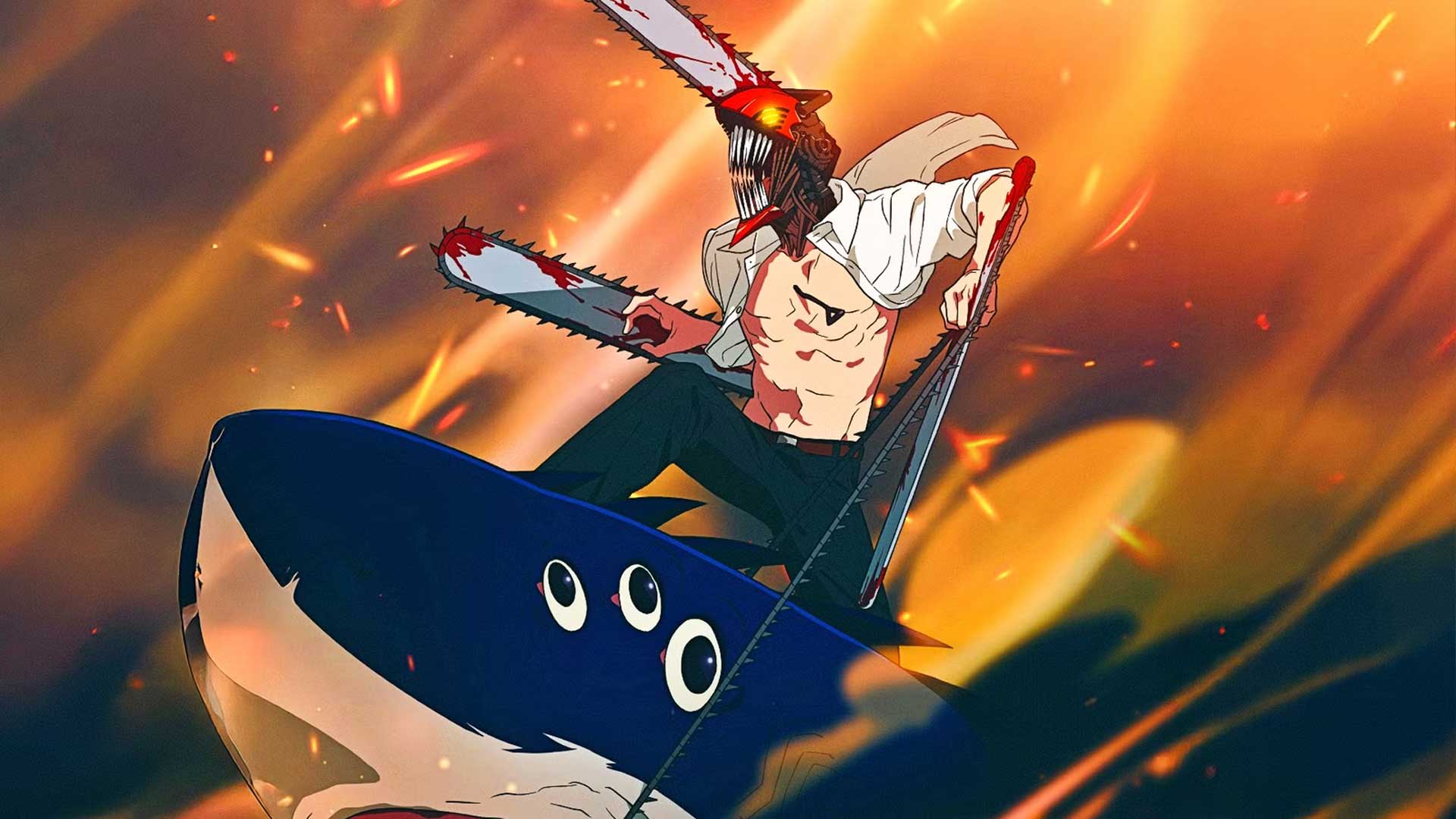Anime fans, both new and old, have been treated to some great new series on their respective streaming platforms. Whether you’re a Crunchy subscriber, Netflix, Disney+ or Apple TV, there are plenty to enjoy for fans of the Japanese animated medium. While most of these are enjoyed in the comfort of your home, there’s been a significant shift in how you enjoy your favourites. Anime production studios have kicked off a trend of creating series content directly for the silver screen and bringing it to the global stage. If the success of Chainsaw Man – The Movie: Reze Arc proves anything, it’s that anime audiences want to watch their favourite characters on the biggest screens possible.
While it has been commonplace to see anime titles hit the theatres in Japan, this wasn’t always the case for fans around the world. The last two years, however, have seen some of our favourite TV shows get a run at the silver screen in various forms. In some instances, we’ve seen a few episodes screened in theatres, showcasing the glorious visuals behind some of the world’s finest animations. Although it can be annoying to fans at times, duplicating what they’ve already seen previously at home, the initial trend has proved that fans will spend their hard-earned cash for the night out to see these shows. More recently, though, studios have created films that aren’t just filler episodes, either acting as the final swansong to a popular series, like we’ve seen with Demon Slayer: Kimetsu no Yaiba – The Movie: Infinity Castle, and most recently, a separate story arc in the form of Chainsaw Man – The Movie: Reze Arc.
The easiest indicator of their respective successes has been box-office figures. Demon Slayer‘s latest instalment has already accumulated a whopping $650 million in theatres across the globe. Those are impressive numbers for a genre many people still don’t consider a serious form of entertainment.

Chainsaw Man: The Reze Arc Movie‘s recent release has also driven impressive numbers. While its launch has been much more staggered across regions, opening in September in Japan, mid-October in the US and other regions, and only this past weekend in South Africa. Globally, it has racked up impressive numbers. In Japan, after seven weekends, it crossed the $50 million mark, putting it in the top 20 anime films of all time in the region. On a broader scale, it has grossed over $140 million, with weekend results in South Africa adding a solid figure just below R800,000. While anime may still have a long way to go in the country and across Africa as a whole, it’s definitely well on the rise, beyond its early beginnings in everyone’s favourite Dragon Ball Z.
The numbers don’t lie. Personally, although you can’t use it as empirical evidence, I’ve noticed the trend whenever watching an anime on the big screen. Going back just a few short years to the end of 2020, Akira, arguably one of the best anime movies of all time, had a brief re-run in theatres, having been remastered for IMAX. On the day of release, there were only a handful of other attendees at the screening in a 500-seater auditorium. This was often the case over the next two years before I noticed a noticeable shift. Having seen Demon Slayer: Infinity Castle five weeks after its release, the theatre was still two-thirds full, highlighting its ongoing interest even after a month on the circuit.
Again, with Chainsaw Man – The Movie: Reze Arc this past weekend, the theatre I watched in was well attended, despite being less popular than the Demon Slayer franchise. What’s great about the film, for anyone wanting to see it, is that they can even do so without having seen any of the series. Its R800,000 figure also underscores the popularity of anime in South Africa, where it ranked second in ticket sales among five new releases.

Recent surveys suggest a significant shift in global entertainment consumption. While anime remains strongest in its native Japan, with somewhere between 70 and 80% of people enjoying some form of the medium, the numbers have always been on the lower end of the scale worldwide. The past five years have seen a significant shift, driven by Gen Z viewers. An interesting revelation is that Gen Z viewers have popularised anime music as well. A recent concert in England at the O2 Arena in London showcased its popularity, with youngsters singing the Japanese lyrics to their favourite anime intro themes. Further studies suggest that, in some cases, songs and artists are as popular as Beyoncé among Gen Z listeners, as Spotify can attest. The music streaming platform highlighted a staggering 395% increase in global streams of anime music between 2021 and 2024.
Since songs are explicitly created for the anime series, fans can associate the music with it. Attack on Titan’s final season theme song, “The Rumbling” by SiM, became one of the most popular songs of all time in the genre, with over 200 million streams on both Spotify and YouTube Music and a further 88 million views on YouTube.
The anime genre is as strong as ever, with major platforms scrambling to secure distribution rights to stream new series exclusively. These platforms have also recently joined forces to crack down on some of the top illegal streaming sites that feature these anime shows, again highlighting the high regard in which it is viewed from a commercial perspective. With the success of Chainsaw Man – The Movie: Reze Arc in South Africa, we can only expect to see more anime titles hitting our theatres. And perhaps, even more dramatically, add some much-needed revenue back to movie houses screening films, where we’ve previously seen a noted decline. The irony wouldn’t be lost on anime fans, who were once seen as outcasts and shows still seen as kids’ TV in South Africa, potentially saving cinema in the country while bringing in a whole new source of revenue from merchandising and more.
RELATED: Eternals Director Chloe Zhao Is About to Change the World of Live-Action Manga Adaptations










